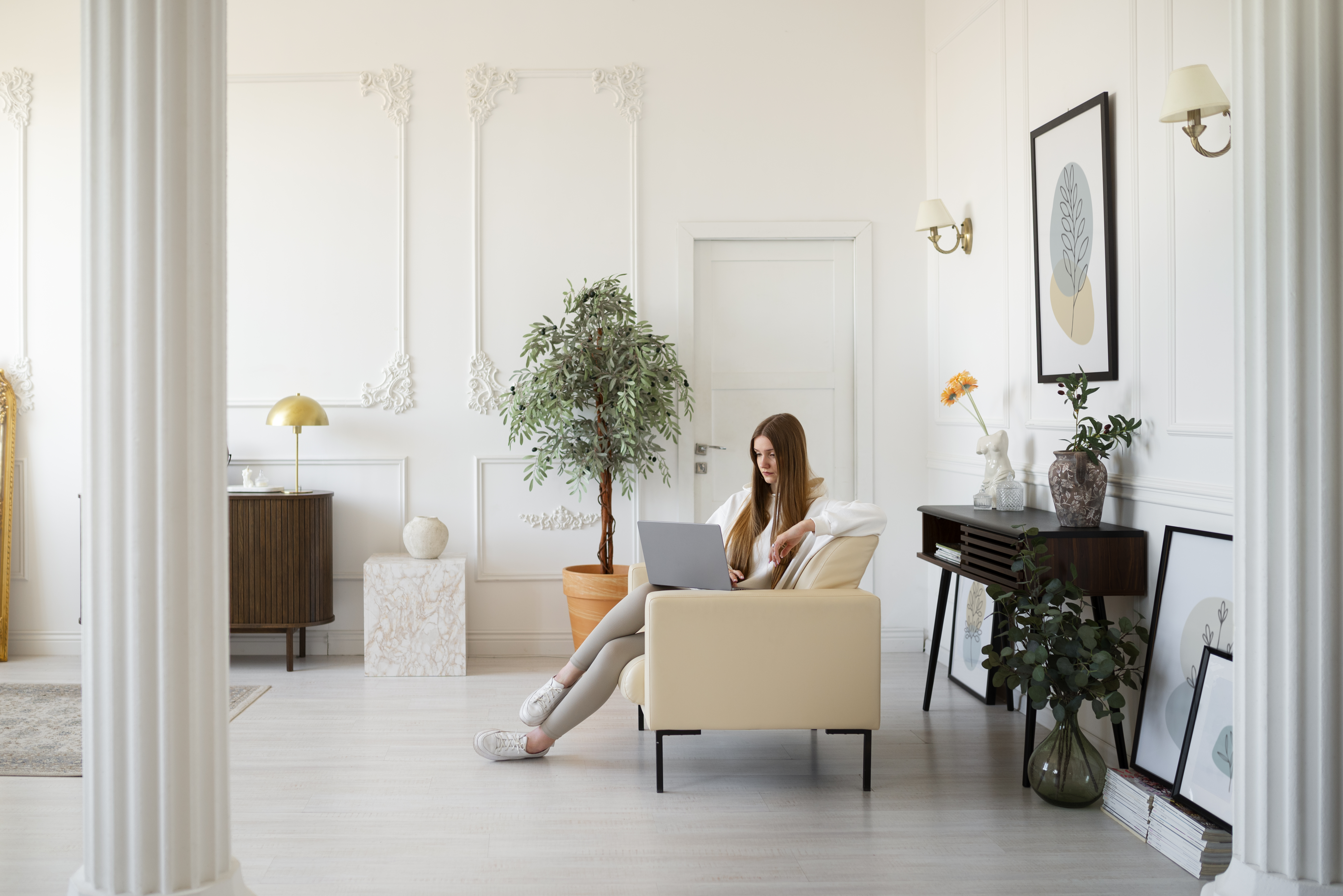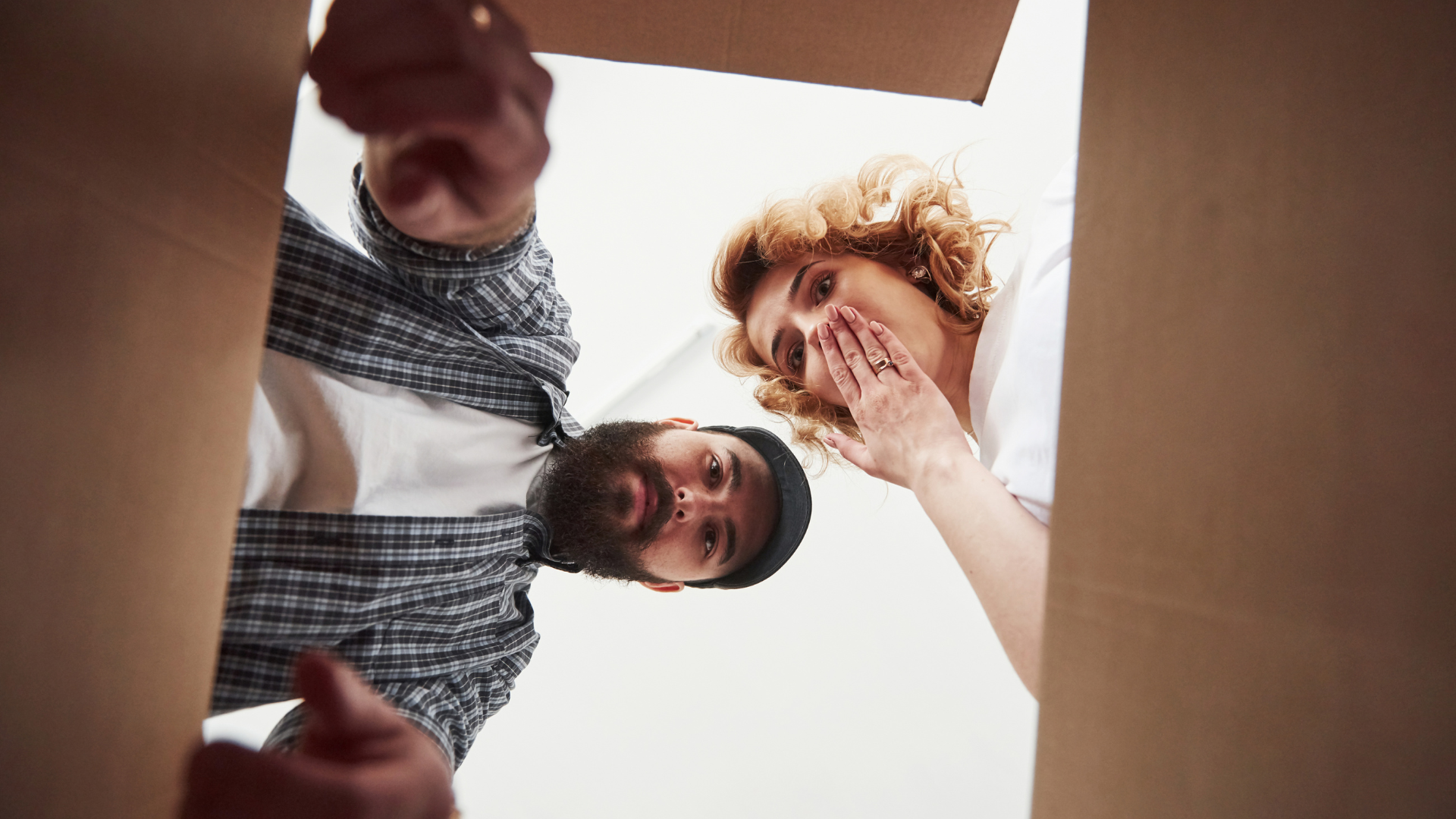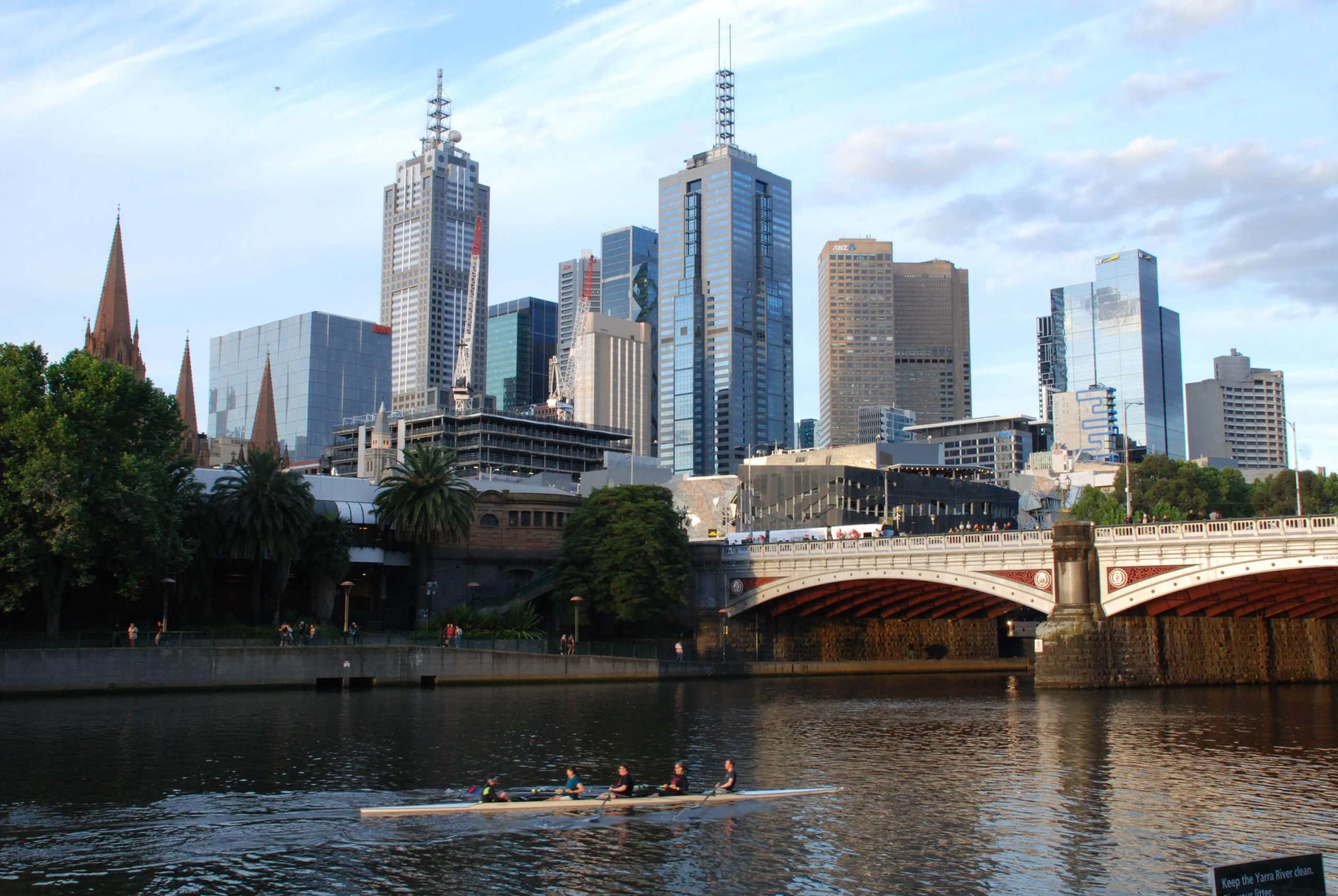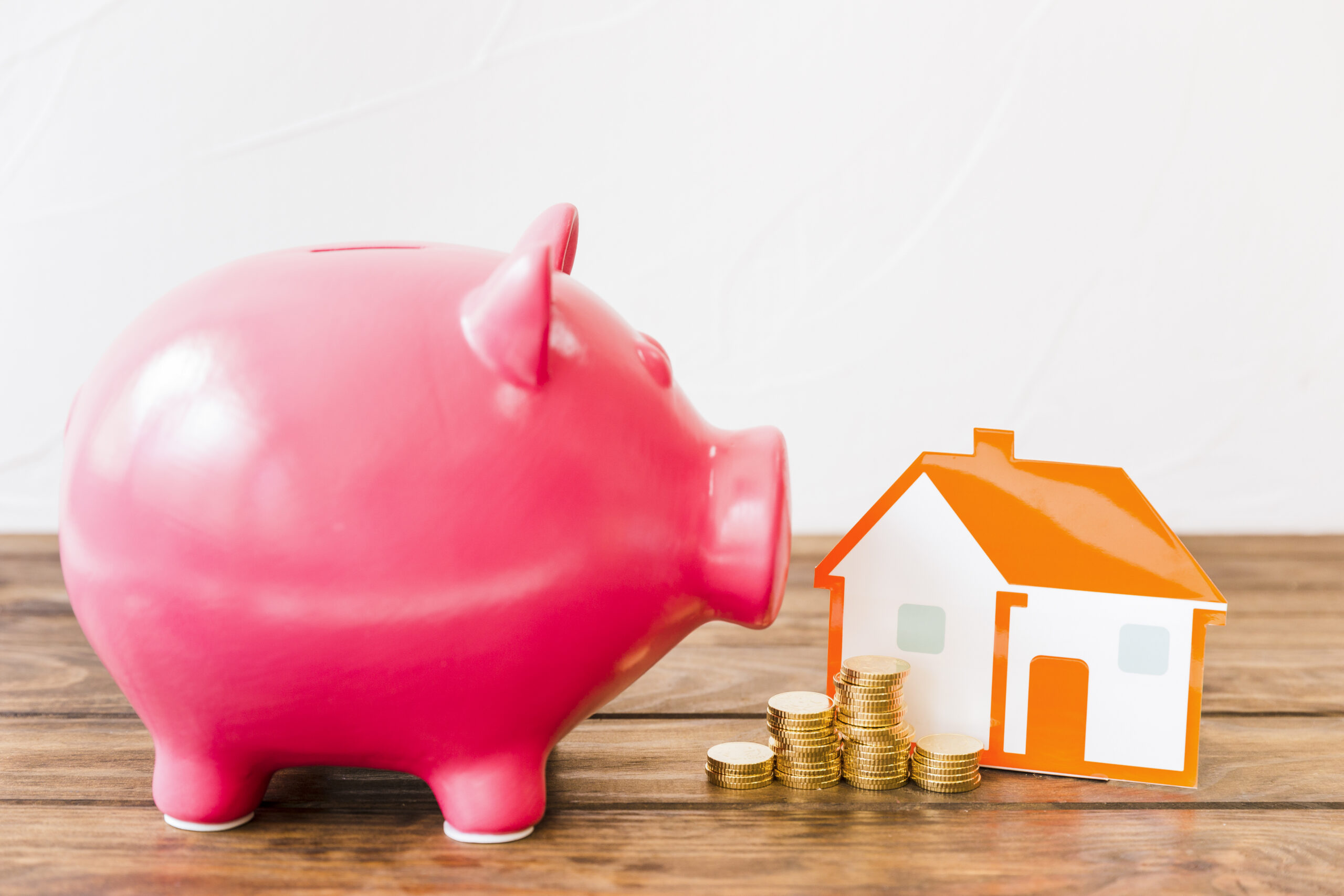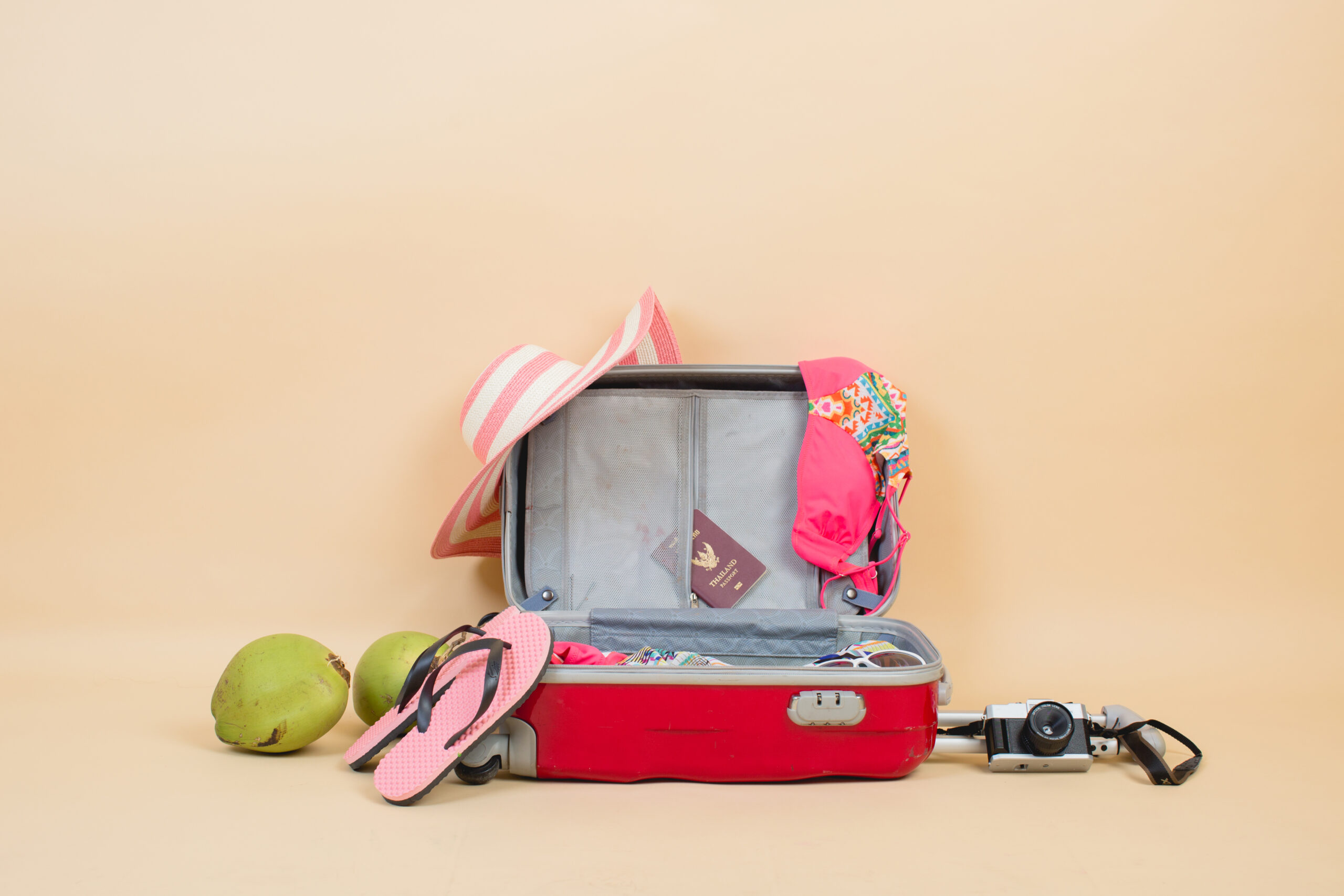Welcoming a new baby into your home is an exciting and joyous occasion, but it also comes with the responsibility of ensuring a safe environment for your little one.
Babyproofing your home is essential to protect your child from potential hazards, ensuring Bub stays out of trouble. With that said, here’s a comprehensive guide to help Australian parents create a safe and secure home for their baby.
Cross utilities off your list
Get connectedStart with the Basics
One of the first items to check off the list is a common one. Install electrical outlet covers or safety plugs in all unused electrical sockets, as this prevents curious little fingers from inserting objects into the sockets.
Keep electrical cords out of reach and secure them to the wall or floor using cord clips or covers. Consider using cordless blinds and curtains to eliminate hazards that could easily tangle up the baby.
Secure heavy furniture, such as bookshelves, dressers, and televisions, to the wall, using brackets or safety straps. This prevents tipping accidents when your baby starts to pull up and explore the living room.
Cover sharp corners and corners of furniture, like coffee tables, with cushioned edge protectors and bumpers to prevent injuries from bumps and falls.

Create a Safe Sleeping Environment
In the early stages, this is where your pride and joy will be spending most of their time, so it’s important to even baby safety in the sleeping area.
Ensure your baby’s crib meets Australian safety standards. This means the crib should have a firm mattress that fits snugly, with no gaps between the mattress and the crib walls.
Use a fitted sheet and avoid soft bedding, pillows, and toys in the crib to reduce the risk of potential suffocation.

Bathroom & Laundry Room Safety
It goes without saying that you should never leave your baby unattended in the bath. Always keep one hand on your baby and gather all bathing supplies beforehand, so you don’t have to leave the room at all.
You should set your water heater to a maximum of 50°C to prevent scalding from the bath water. Consider installing anti-scald devices on faucets and showerheads for added hot water protection and child safety.
Lastly, store all toiletries, medicines, cleaning products, and other dangerous items in locked cabinets or out of reach from prying hands.
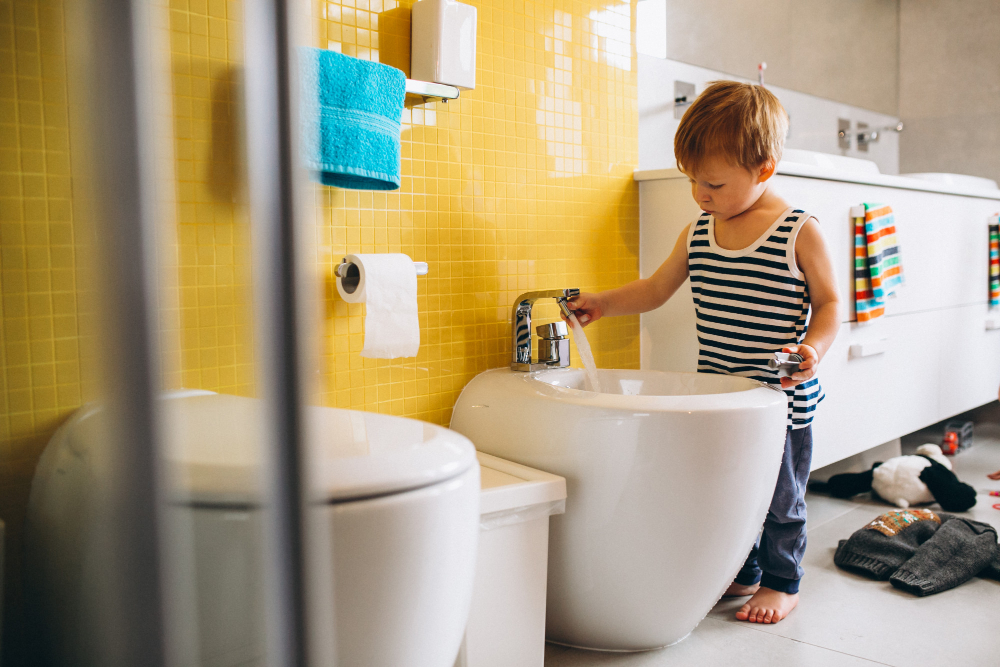
Kitchen Safety
Next up is proofing the kitchen area. Start by using stove guards and stove knob covers to prevent your child from reaching hot surfaces or turning on the stove. Be sure to always turn the pot handles inward.
Install childproof cabinet locks and locks for drawers that contain sharp objects, cleaning supplies, or small appliances.
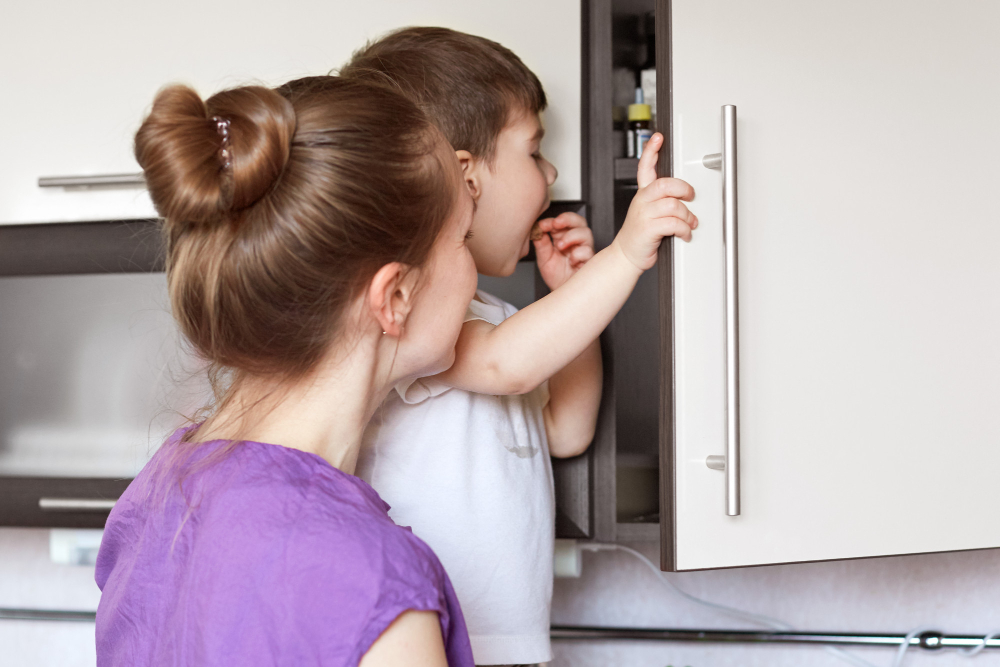
General Living Areas
For any other general living areas, use safety gates and latches to block off stairs, fireplaces, and other hazardous areas. Ensure gates with safety latches are securely mounted so they cannot be easily dislodged.
Keep small objects, such as coins, buttons, and batteries, out of reach to prevent choking hazards.

Outdoor Safety
While this is a guide for babyproofing the house, we can’t forget about the back and front yard either.
If applicable, install a pool fence with a self-closing, self-latching gate. Always supervise your child around water, and consider enrolling in infant CPR classes.
Keep garden tools, fertilisers, and pesticides locked away, and ensure play areas are free of sharp objects, poisonous plants, and other hazards.

Additional Tips
Lastly, a couple of extra tips can always be helpful. Keeping emergency contact numbers, including the Poison Information Centre (13 11 26), is a great resource to have on hand. Consider also familiarising yourself with basic first aid and CPR in case of an emergency.
Conduct regular safety checks and update your babyproofing measures as your child grows and becomes more mobile, as young children are a different basketcase to crawling babies!
Cross utilities off your list
Get connectedBy following these babyproofing tips, you can create a safe and nurturing environment for your baby. Remember, the key to effective babyproofing is to think ahead for potential hazards and stay vigilant as your child grows and explores their surroundings!



 Justyn Harrison
Justyn Harrison 